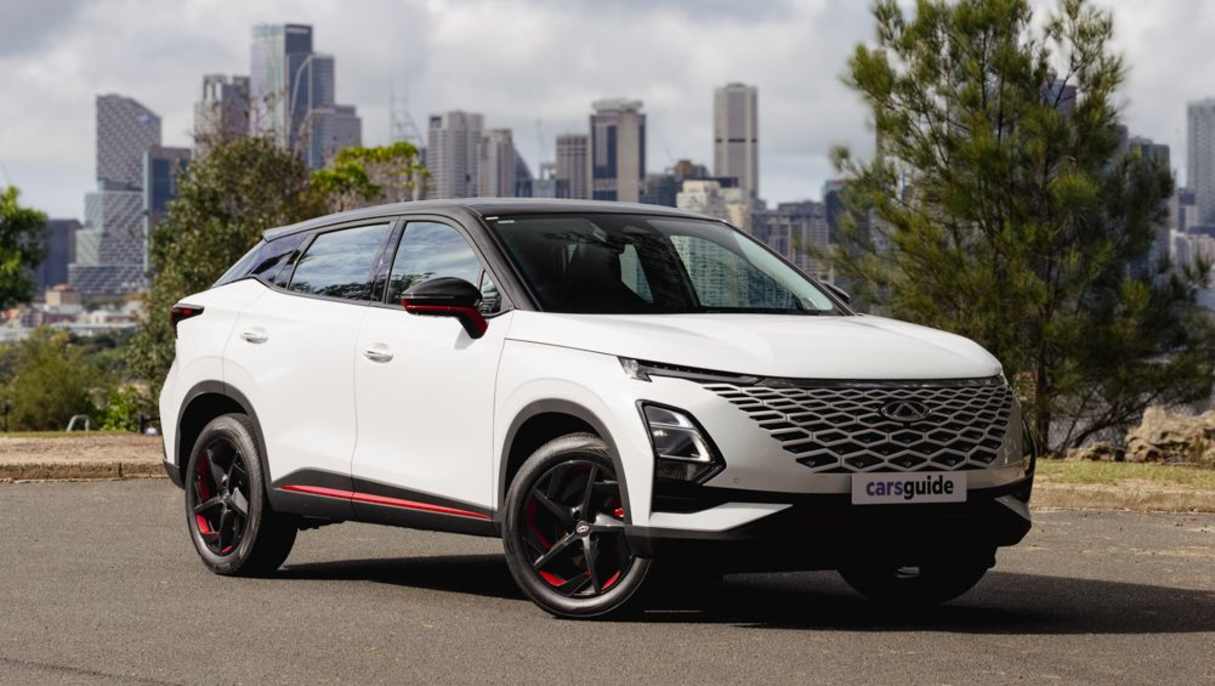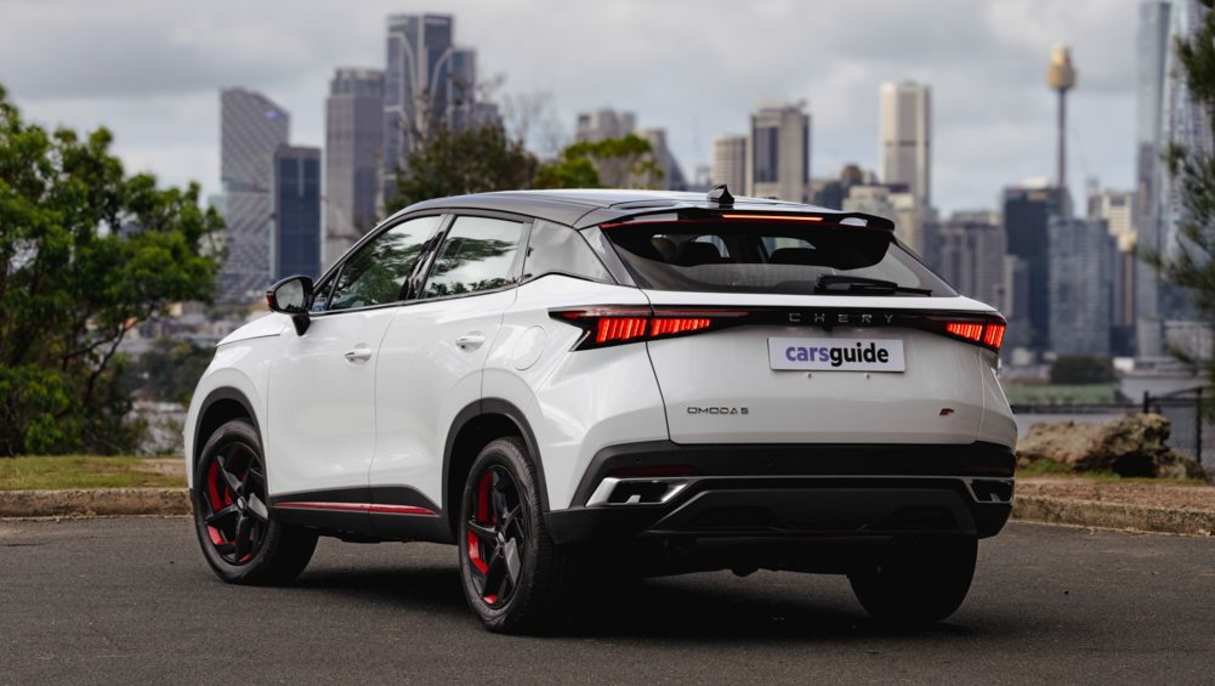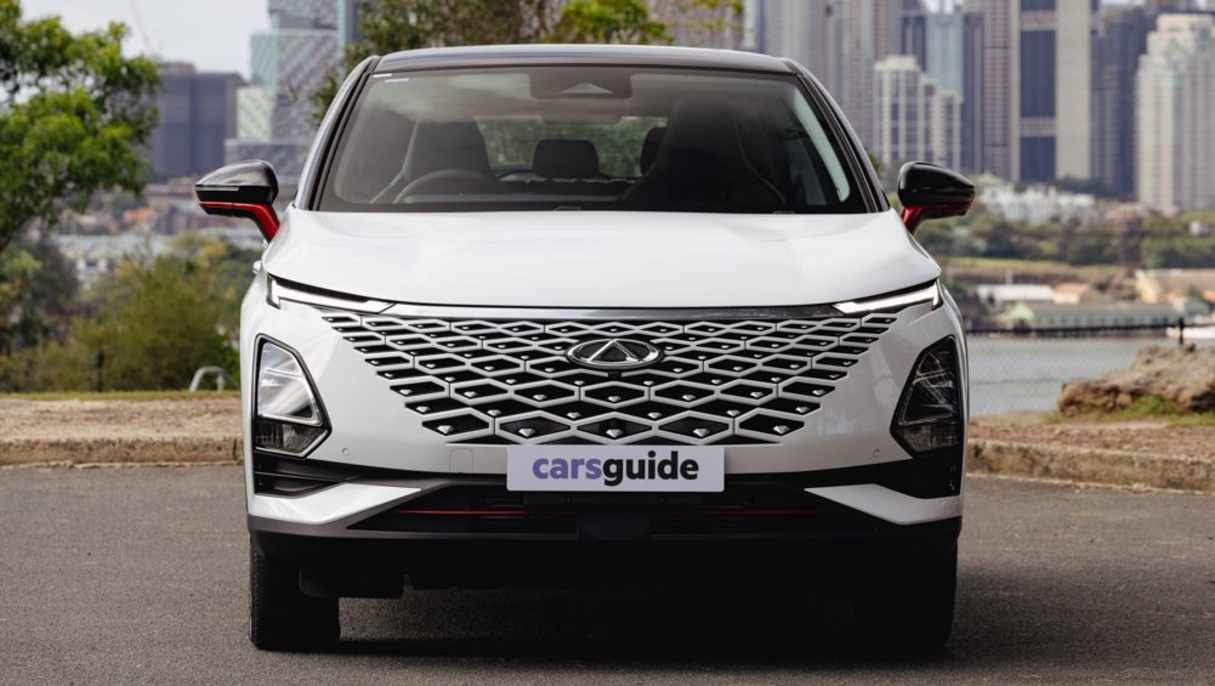The Australian new-car market is going through a massive shift with new brands and nameplates launching at a more rapid rate than ever.
But while there are only so many customers to serve in this relatively small, unique market, Chinese state-owned brand Chery says it is well versed in competition after thriving in its cut-throat home market.
Chery Executive Vice President Zhang Guibing spoke to CarsGuide about how the brand — and its numerous sub-brands — are equipped to expand while visiting Australian dealers.
“I think there is competition in any market we are facing,” explained Zhang. “In China, we have had all kinds of brands. Even Mercedes-Benz, BMW, all of them have factories in China. So generally, first in China, we face each other. And later, in some other markets, we face each other,” he said.
Having launched less than 30 years ago in 1997, Chery quickly had to fight established marques at home like Toyota and Volkswagen as well as the mass of different brands and sub-brands from China such as GWM, MG, BYD, Zeekr and more.
Zhang does not underestimate the difficulty in breaking the Australian market, noting it has unique challenges compared to other markets such as South Africa and Malaysia.
“Different markets have different tastes, different cultures, different environments, different road conditions so I think who can do really very detailed needs, to really understand and catch the customer requirement is who I’m sure can later win the market.

“Chery, when we are making a global decision, such as in Australia, we don’t want to quickly sell big volumes, we want a stable base to really catch the customer requirements, make a very good system and to quickly take action,” said Zhang.
In Australia, Chery has a familiar dealer franchise model in place, choosing locations often near or in existing auto-alleys rather than high-end stand-alone stores like Zeekr or Tesla have.
Zhang didn’t shy away from Chery’s previous short-lived presence in Australia, either, discussing how this time is a different, more considered approach than when the poorly-received J1, J3 and J11 were on-sale.
“We were already in Australia but unfortunately at that time, we were not very close with the customers,” said Zhang.

“So later, we’ve come back here via our subsidiary company and we want to use this way to make a very close relationship with our customers, to really find the customers' demands. This way we can quickly make a very close relationship with the customer.
“After one and a half years, our situation is much, much better than before. But we are still thinking it is not enough,” he posited.
The proof so far is in the numbers: Chery has improved its position this year with two new models joining the Omoda 5 small SUV bringing sales up to 5152 by the end of July — year-to-date growth of 127 per cent.
It remains the Omoda 5 out in front followed by the five-seat Tiggo 7 and seven-seat Tiggo 8. The brand looks to be on target to hit 10,000 yearly sales previously promised by Managing Director Lucas Harris. More models will be crucial to continued success.

Diversification is also in the plan, Chery as the parent company is planning to introduce sub-brands including lifestyle-oriented Jaecoo.
Zhang explained each of these specialised sub-marques is designed to appeal to specific groups of people, aided by carefully selected staff along the way.
“Even from the R&D side, say we want to target customers, we will select R&D people, sales people, that also come from a [particular] customer group so they really understand the needs of one customer group, what are the habits, what is the taste.”

This strategy will become clear when Jaecoo launches Chery’s first plug-in hybrid model next year. The Omoda E5, an electric version of the regular Omoda 5, is set to launch imminently as well.
Brands such as BYD and MG with their focus on electric vehicles may have experienced more growth in a shorter period than Chery but the local team does not seem discouraged. Talk of further product updates, new models, greater presence and Australian localisation programs is all loud and clear from Chery.
It remains to be seen if Chery’s strategy will work out and, when the dust eventually clears, just how many brands we’re left with in a heavily shaken up new-car market.






.jpg)
.jpg)


.jpg)



.jpg)
 copy.jpg)


.jpg)
.jpg)
_0.jpg)

.jpg)

_0.jpg)



.jpg)

.jpg)